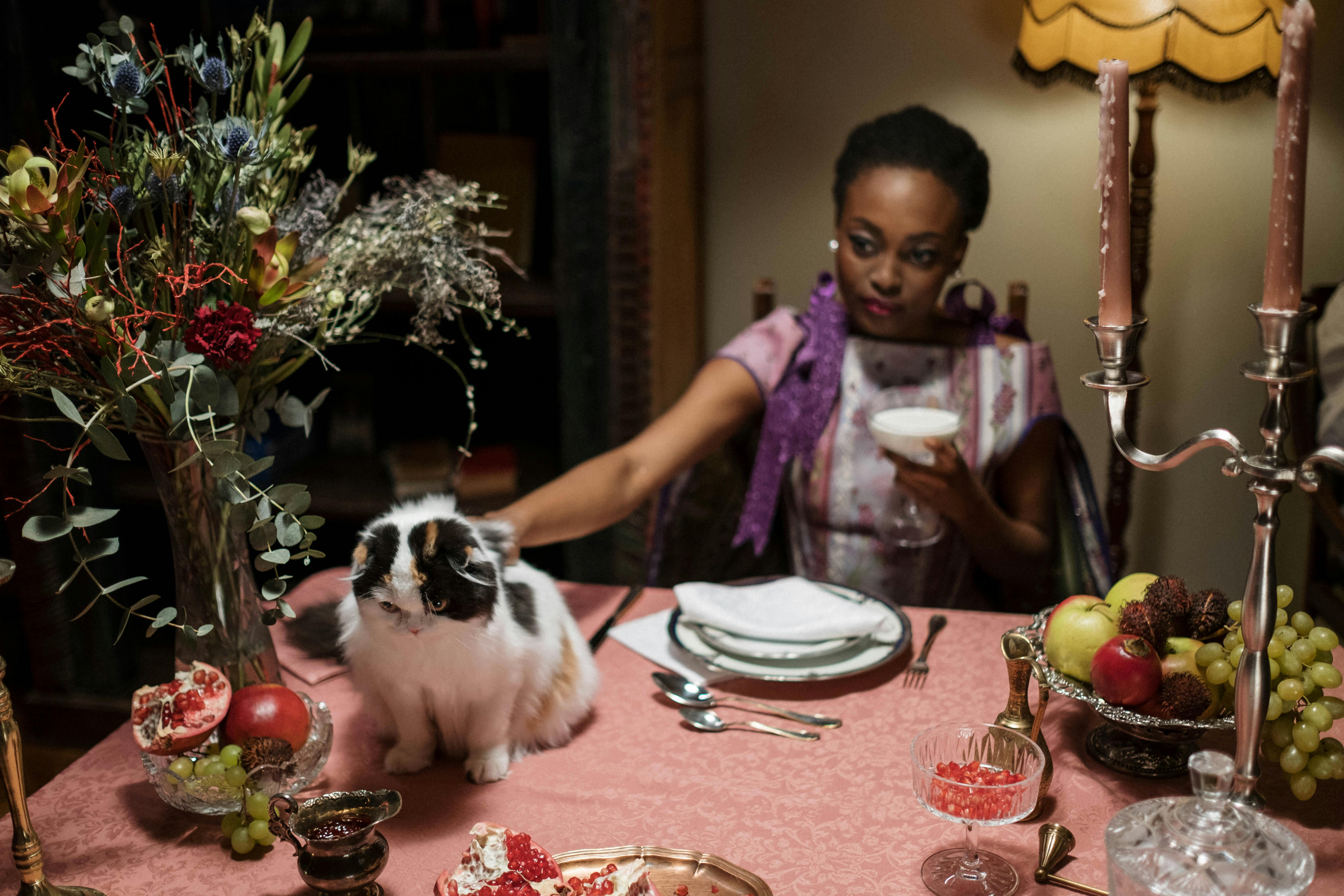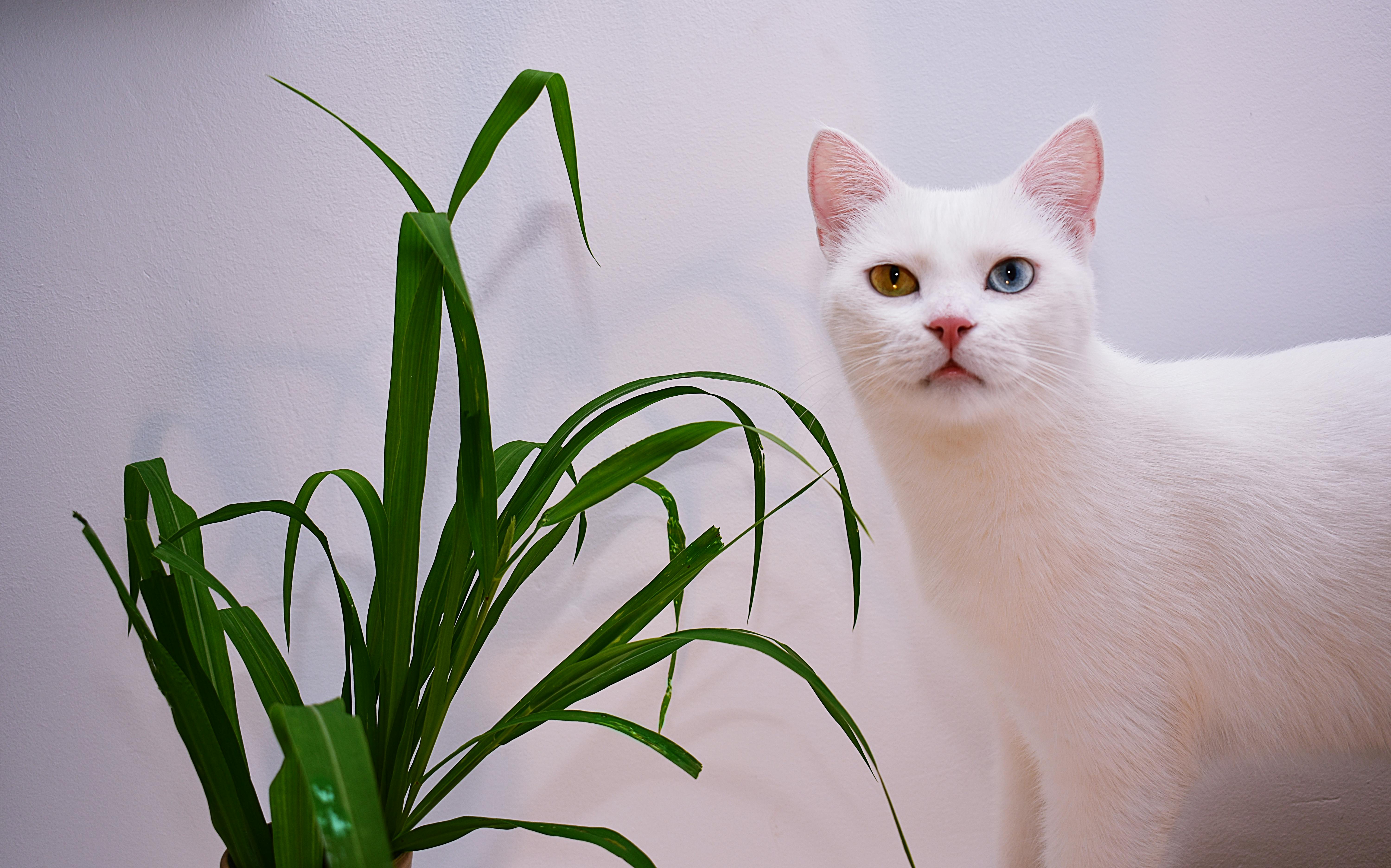
Gerbils: the best choice of pet for young children
If you have young children begging for a puppy, you’re probably worried that even after they’ve promised to feed, walk, and clean it, you’ll actually be the one looking after the poor. creature. then you will have a furry son to add to your brood.
As a dog aficionado, although allergic, I’m an advocate for kids growing up with one (maybe even 2) but that says they are a lot of work and as far as younger kids go they may not be the Better option. As children grow older and may realize that a dog or cat requires a lot of care and work, and is in fact a member of the family once adopted, this idea may be more appealing. However, if your little loved ones are just that, little ones, but you still want them to have a pet to love and learn to care for (with your guidance, of course), let me make a case for gerbils. But before we do, let’s go over some other pet options that may seem appealing but may not be as suitable for a number of reasons.
Other small animals and their drawbacks
I guess before assuming its the little critters will want one of the furry and cuddly variety, I must address the cold blooded type. Personally, I’m quite fond of snakes and lizards, but I wouldn’t necessarily want one to live in my house. Also, young children are very tactile and many of these critters need to be handled with care or they don’t necessarily like to be touched. Beyond that, your setup can be expensive and difficult to maintain. Since reptiles cannot regulate their own body temperature, it is crucial that their homes are kept at a certain constant temperature. Their diets can also be complicated. For these reasons, it is very easy for them to become ill if they are not closely watched for signs of distress.
Now to our fluffy friends. Rabbits are some of the cutest animals out there, but experts will tell you that they don’t make good pets for young children. They are prone to biting, even with great care and “training” to get them used to being petted and hugged. Even more worrying is the fact that they are much more fragile than they seem. Rabbits have very delicate bones and even older children and adults need to know how they pick them up, handle them and return them to their homes. They also need a lot of care, and it can be a lot of work to clean them afterward to keep their cages clean and odor-free.
Guinea pigs have many of the same traps as rabbits. Although they actually need a lot of love and attention, what may seem like a perfect match for children who want nothing more than to give them hugs and kisses is a lot more work than one would think. If you have a guinea pig, you should spend at least a couple of hours a day taking it out of the house and playing with it. If you have two (highly recommended as they are very social and lonely), they should still be taken out of their cage at least once a day for an hour or more to play. They also require many different toys to play with and places to hide and explore to keep them happy and healthy. Again, diet is crucial and cleansing can be a job in itself. The benefits are worth it, ask any guinea pig lover, but that’s a lot of work for anyone.
Rats (if they don’t scare you) are very social, but the downside, again, is that they require a lot of attention and care. Mice are great, but they are very fast, they pee a lot, and they need a lot of things to climb and play with to be happy. However, they are an excellent choice as they are easy to care for in terms of diet, don’t require a lot of attention if kept in pairs or groups, and don’t require a large cage. And, the more you give them to play with, the more entertaining they become. I would definitely rank them at number two.
Hamsters, while one of the cutest creatures out there, are not that easy to care for. The diet is simple and, again, they don’t require a large cage (although with any animal, the more space you give them, the happier they’ll be). However, they do need to be trained to be held without freaking out or biting, they are fragile and also urinate a lot which means their bedding needs to be changed regularly. There are also different types of hamsters and each type has different requirements to be healthy and happy. Some can and should be housed in multiples, others should be solitary, like Teddy Bear hamsters. And while this should be intuitive and applies to any pets you might have, don’t house both genders together or you’ll end up with more pets than you bargained for. Hamsters (any kind) would be better for a slightly older child with a little more patience.
Gerbils are really a great option.
Now we come to the gerbils. They should be housed in groups of at least two or more females to keep them happy, as they are very social little munchkins. They are fast but do not bite and can be easily trained to get used to being held. They don’t seem to care too much if a kid shows up, scares them and picks them up without warning. The only time I’ve had a gerbil nibble on my finger was when I forgot to wash my hands after making a peanut butter and jelly sandwich. Who could blame the little guy?
Gerbils are desert creatures, which means they drink less water than other furry animals and therefore urinate much less. This means their bedding stays cleaner longer and they should never have a smelly cage to deal with. They also love to dig and burrow, but they introduce a wheel to their environment and once they discover it, it will be their new favorite toy!
His diet is simple (you can buy a five pound bag of gerbil food at your nearest Walmart for $4.00 and it will last two gerbils quite a bit) and so is his home setup. The only thing I recommend you not to do is buy one of those hard plastic Habitrail houses for them. They love to chew and will eventually make cracks in the plastic, but this does not mean that they are difficult to accommodate. You might like the look of the store-bought shrine, but trust me, they don’t care. All they want to do all day is dig and race their wheel, and maybe box a little; this is typical of gerbils, especially sisters like the gerbils I have, Lola and Yvette. They may squeal and fight, but as long as they snuggle together at bedtime, you’ll know they’re okay.
I bought my little duo the largest Rubbermaid bin I could find, filled it with recycled cardboard bedding (also available at Walmart and pet stores of course), since wood chip bedding is not safe or healthy for any animal, as it can cause respiratory problems. a wheel, a $5 log cabin, food and a bottle of water and they’re in pig heaven. They live an average of one to 3 years and mine are past the 3 year mark!
A reminder: plenty of space is key to the well-being of your new pet
As an animal lover, I’m a big advocate of making sure you do all your research before adopting a pet of any kind. This is essential to ensure that everything from bedding to food to housekeeping is appropriate and of the highest quality.
Another crucial issue is space. Commercial cages are not that big and pet store “experts” will be happy to direct you to a cage with all the bells and whistles and convince you that this will keep your new pet happy, but this is not the case. Again, if you do your research, you’ll find that commercial cages are made to be large enough to house the appropriate animals and give them room to move around a bit, but that doesn’t mean they’re adequate at all. .
Imagine if someone kept you in a cage for almost twenty-four hours a day. The problem is that manufacturers need to make cages that are easy to ship, can be easily stacked once they reach the pet store, and can be sold at an outrageous markup for little more than thick wire and/or plastic. . In the future, when the kids are older and you decide you might want to graduate with one of the animals I’ve mentioned, look online for easy and affordable pet homes. It’s often more fun to design and create your own habitat, and this way your pet will have all the space they need and then some. This will be evident in their behavior and everyone will reap the benefits of a happy, healthy and playful new addition to their family.

